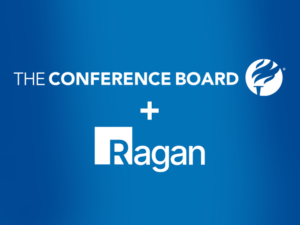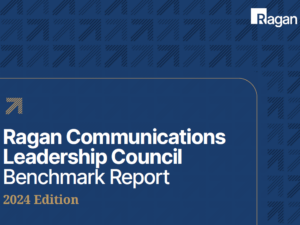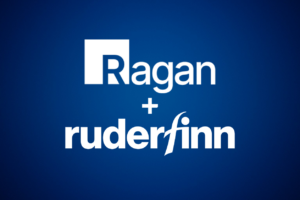Report: The role of communications pros expands dramatically amid relentless global crises
Annual research from Ragan Communications finds more access to the C-suite, stronger relationships with allied departments, and new stature for communicators.

Editor’s note: We are re-running the top stories of 2021 as part of our year-end countdown.
The communications industry experienced a transformation in stature and scope during the last 12 months, a wide-ranging new survey indicates, as the public health, economic, and social-justice crises that engulfed the country underscored the need for messaging management and strategic direction at organizations across the U.S. and around the world.
Comms pros found their role more vital than ever as they helped keep organizations focused and moving forward, according to the research. Communicators saw access to the C-suite increase throughout 2020, and forged important new alliances with peers in other departments, including HR, finance and workplace wellness.
These are among the key findings from Ragan’s third annual Communications Benchmark Report, an exclusive study from Ragan’s Communications Leadership Council. Culled from more than 750 respondents, the results reveal a range of sentiments and best-laid plans during a very dynamic time.
The pandemic accelerated business change within organizations, propelling communicators into a critical role as they shaped and delivered messaging through their organizations, often around the globe. The Benchmark Report reflects that dizzying pace, but more, it provides communicators with a blueprint for 2021 and beyond.
According to the research, the pandemic remains a communications priority. An overwhelming majority of Communications Benchmark Report respondents—66%—said they anticipate remote or flexible-work arrangements will be a permanent option going forward. Only 14% said that won’t happen at their organizations.
All of this is occurring against a backdrop of how the COVID-19 pandemic has affected communicators themselves. The short answer? It’s been a challenge. Nearly 80% of respondents said COVID has led to an increased workload. More than 20% said the pandemic forced budget cuts, and 15% said it led to layoffs.
But COVID has also led to some valuable new organizational dynamics. For example, 42% of respondents said they’ve forged stronger relationships with other departments, and a quarter said they’ve gained a seat at the table in strategic decision making. More than 20% said they have better access to the CEO.
The Communications Benchmark Report surfaced a variety of other communications priorities. Comms pros are focused on the burgeoning field of workplace wellness. They’re formulating messaging around when employees will come back to work, and shaping policies that address diversity, equity and inclusion.
[EXECUTIVE SUMMARY: Communications Benchmark Report 2021]
Then there’s technology. It was already the fastest-changing aspect of global work life, but 2020 accelerated adaption and now there’s no looking back. Communicators see an increased reliance on mobile communications going forward. They see an increase in virtual communications and in the use of artificial intelligence. Technology, communications professionals believe, will play a sometimes disorienting role in how they ply their craft. “We have way too many platforms,” one respondent said. “I like adopting new tools when it makes sense, but, it’s confusing when we have way too many of them. There is a disconnect.”
Ragan’s Communications Benchmark Report is based on responses to an online survey conducted between Jan. 13, 2021-Feb. 7, 2021. The survey yielded 755 qualified responses from internal and external communicators worldwide.
Some key findings
- Communicators see dramatic changes coming in the next three to five years, and not just a few. There will be an increased focus on communicating with remote workers. There will be a greater reliance on social media. Workplace wellness will occupy a large role for communicators, though a shared role with other departments. There will be more personalization.
- Diversity, Equity & Inclusion will especially increase as a focus.
- Technology will change the landscape in dramatic ways. Artificial intelligence will rise in importance, as will mobile communications.
- Respondents are increasingly pleased with their organizations’ communications efforts. This year, 52% rate their efforts as above average or excellent, an 11 percentage-point gain from last year. But some saw room for improvement. “We need more integration of internal and external efforts, was a typical response. “We need to be more focused on storytelling,” was another.
- Overall, 78% of respondents measure their communications effectiveness. They’re measuring their work more frequently, and also are more satisfied with their measurement efforts—41% say they are satisfied with their efforts this year, compared to 28% in 2020.
- For respondents, there are many obstacles to producing more effective communications, but the most significant—by a wide margin and across both internal and external comms and large and small companies—is too many last-minute requests. Other obstacles include lack of staff, lack of budget and too many distractions.
Download a copy of Ragan’s third annual Communications Benchmark Report executive summary here. To obtain a full copy of Ragan’s 2021 Communications Benchmark Report become a member of the Communications Leadership Council. Click here for more details.





